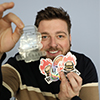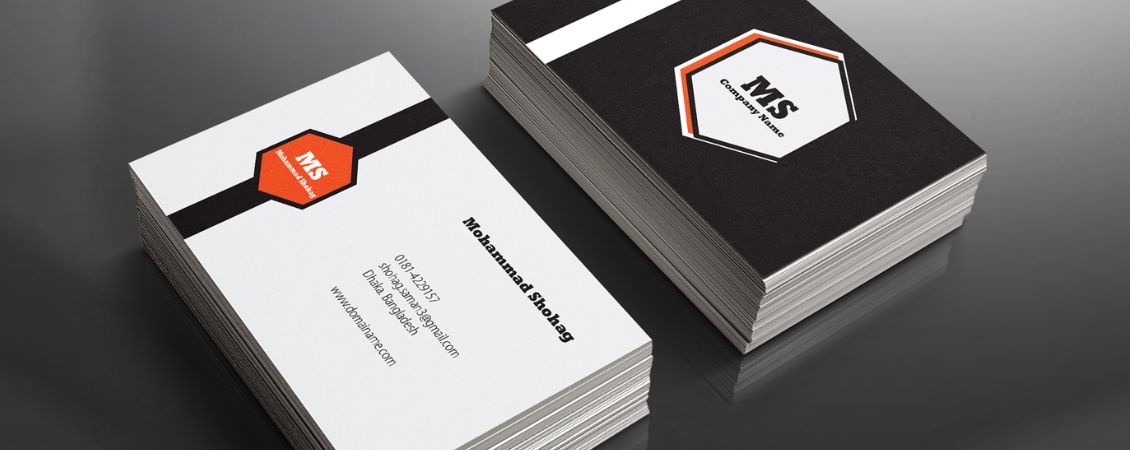Designing a booklet for the first time can be a little daunting – just how are you going to create a design that makes all that content still look super stylish across multiple pages?
As a Graphic Designer at instantprint, I’m always designing booklets for magazines, catalogues more – and I’ve picked up a few tricks along the way.
So, whether you need help deciding on a layout for your annual report, you’re not sure what size text to use and where to place it for an article, or you just want some ideas on how to use images in a sales brochure, check out my top booklet layout design tips here.
-
Get Inspired
Getting started can often be the trickiest bit. I’ve found that researching other popular magazines and brochures is a great way to get your own creative juices flowing.
Personally, I love a booklet design that does something different with its design. Here are a few fun examples that I’ve selected to show you the kind of things I keep my eye out for when looking for inspirational booklet designs:
Text Wrapping

(Harper’s Bazaar US)
Text wrapping is a pretty simple technique – which is what makes this example so brilliant. By using an image as the main focus, the text wraps perfectly around it creating a curved shape around the dress.This would be a great technique to adopt if you have an image of the content’s subject matter. Also, notice how key information is highlighted in bold. This is a great way of making a mass body of text less intimidating to read.
Overlap

(Socio Design
I love that there’s lots of overlap on this design, but it doesn’t feel over the top. This is because the designer has used colours that are opposite each other on the colour wheel for their type. The chapter number at the top, the image across the double page spread, and the featured quote – it shouldn’t work, but it really does! By selecting a harmonious opposing colour for the overlaid text, it feels natural because it follows to a colour scheme and is in keeping with the basics of colour theory.
Separate Pages

(Dale Ahmadi)
This design is very balanced – on one side we have a very dark and busy image of the bottles of oil, the other side is light and clean. Both of these pages sell the product but in very different ways. Think about how your pages will look when they’re laid out next to each other like this. I recommend sketching out what you want on each page to help you visualise what your final product is going to look like.
-
Create or Sketch a Draft
Before you start thinking about colours and fonts, the first thing is to decide the best layout and this depends on what you’re using your booklet for.
For this, it’s important to remember how booklet page layout works. Say you have a 12pp booklet to design, the first page will be the cover, the second will be the inside cover, the 3rd and 4th page will be a double-page spread and so on.
I’d recommend getting a notebook and using a page of your notebook for each design, making sure the front cover is a page on the right-hand side, so you’d open it up to pages 2 and 3, 4 and 5 and so on as double-page spreads.There are many benefits to sketching out a draft beforehand. This will give you an idea on how much text you’ll need to produce, it will give you a rough framework you can show and share with colleagues and it’ll help your designer work more efficiently.
-
Choose Up to Three Fonts
Depending on how much space you have to fill, you can get really creative with your fonts. I normally follow the three-font rule – one for the main header, one for sub-headings and one for the main body. This helps create a visual hierarchy that tells readers what order to read things in and can be cleverly tailored to push any promotional messaging you might want to get across.
Complementary Fonts
If you’re not sure what fonts go well together, try and pick a couple of different ones that have different weights, like a bold and a light version. Also, remember your brand – a bubbly font might be perfect for a children’s toy shop, but maybe not for a theatre programme or high fashion magazine.

(yogurt86 Design Studio)
This is a perfect example of the three-font rule – this brochure uses a different font for the headings, subheadings and main body and uses them consistently throughout. Using the capital letters from your chosen font family for headings is a really easy way to make sure they complement each other.
-
Only Use High-Quality Images
If you’re designing a magazine you’ll need to select a cover image. This needs to be high quality, with a lot of empty space so you can add your copy over the top. Like this:

(thetravellermagazine.co.uk)
But don’t forget about your inside pages! The reason booklets are so easy to flick through is the vast number of images used in them – after all, a picture tells a thousand words. Here are some fantastic examples of the different ways you can use images in a booklet design.

(Emaze)
A magazine contents page usually has one focal image, surrounded by smaller images and text offering a glimpse in to the magazine’s articles. I particularly like how vogue have matched their sub-heading text colour with the colour of the model’s dress, and kept the rest of the design black and white to highlight this – subtle, stylish and an overall fantastic design.

(Ikea)
One thing Ikea do really well is that they tell a story. Page after page of their catalogue is a scene, showing how each of their products looks in a real-life setting. Each item is labelled with a number, so the consumer can find the product they’re looking for.

(Type Twenty Five)
This stapled theatre booklet shows theatre-goers what’s coming up soon – meaning there needs to be plenty of room for the descriptions. The burgundy theme here reflects the rich colours in the image of the theatre’s seating area and is reflected in the headings and the background pattern.
.png)
(Fareeda Kanga)
Whether it’s a customer showcase or a corporate newsletter update about your own business, feature articles are a key component of any magazine. These are usually designed across a double-page spread (or a couple of spreads) and uses images throughout. This business brochure design shows a good balance of interesting supporting imagery, quotes, and written content.
-
Decide on Your Colour Scheme
We’ve already touched on colour in the previous section because it links so well with the image. And that’s where I’d suggest you start. Look at the picture you plan on using for the page design – can you create a colour scheme using the key colours in the image?

(Evonne Essentials)
For example, this magazine article describing the different kinds and benefits of hair oils takes the dark pink shade of the woman’s shirt and makeup in the image and uses it to make the headline stand out.
Other brochure designs tend to pick one or two main brand colour and use that to accent different features, like page numbers, banners or headings. Like this article from a sports booklet:

(Soccer Fitness)
For more help with colours, here’s how to create a winning colour palette every time.
I hope these top tricks and tips help you design a stunning booklet. If you need any more help, here are our top 5 eye-catching booklet designs to help inspire your own design. Remember to share your design with us on social media for a chance to be featured on our channel – just tag us using #instantprintuk!

 (1).png)



